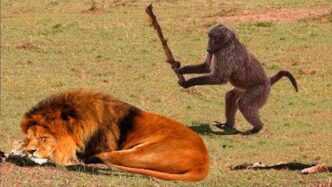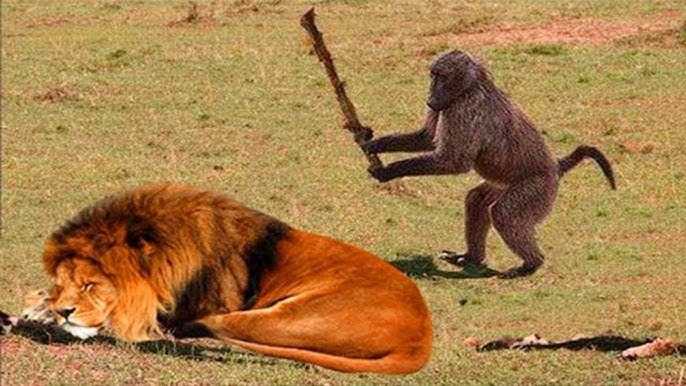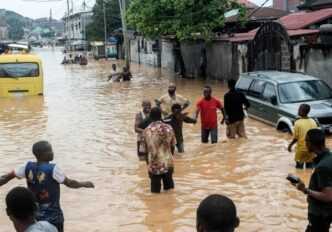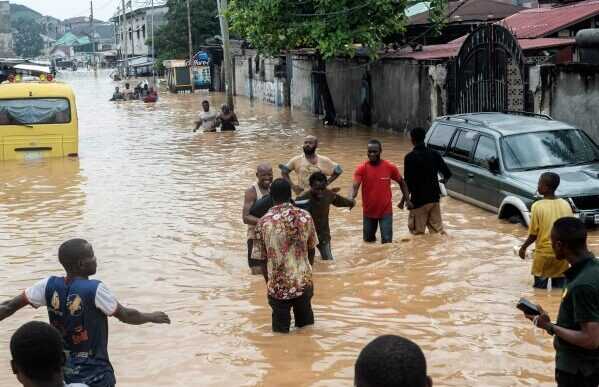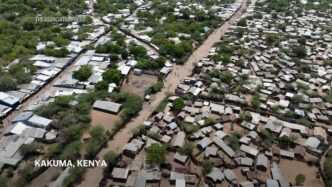In the bustling heart of Cape Town’s V&A Waterfront, a unique spectacle unfolds daily — tourists and native wildlife engaging in an unspoken dance of coexistence. Seals lounge along the docks, seabirds soar overhead, and curious travelers gather with cameras in hand, capturing a slice of South Africa’s wild urban charm.
What might seem like a tourist attraction is, in fact, a growing conversation about balancing conservation with tourism. Harbour authorities, environmentalists, and local businesses are collaborating to ensure the safety of both marine wildlife and human visitors. Recent months have seen the implementation of eco-conscious signage, cordoned zones, and awareness campaigns aimed at educating the public on respectful wildlife interaction.
Cape Town Harbour, one of Africa’s top tourist destinations, offers more than scenic views — it reflects the broader challenges of urban wildlife management across the continent. While the presence of Cape fur seals has become a crowd-puller, their interactions with humans, boats, and noise pollution raise concerns about long-term impacts.
Efforts are now underway to introduce sustainable tourism guidelines, working with marine biologists and local tour operators to ensure the animals’ natural behavior is not disrupted. City officials are also considering designated wildlife observation zones to limit unregulated human encroachment.
Cape Town Harbour has become a symbol of the delicate balance between nature and development in Africa’s urban spaces. As the continent embraces tourism as a key economic driver, models like this underscore the importance of coexisting with — not competing against — Africa’s diverse wildlife in shared spaces.
Read also: Africa Off Track on Maternal Mortality Goals, UN Warns
